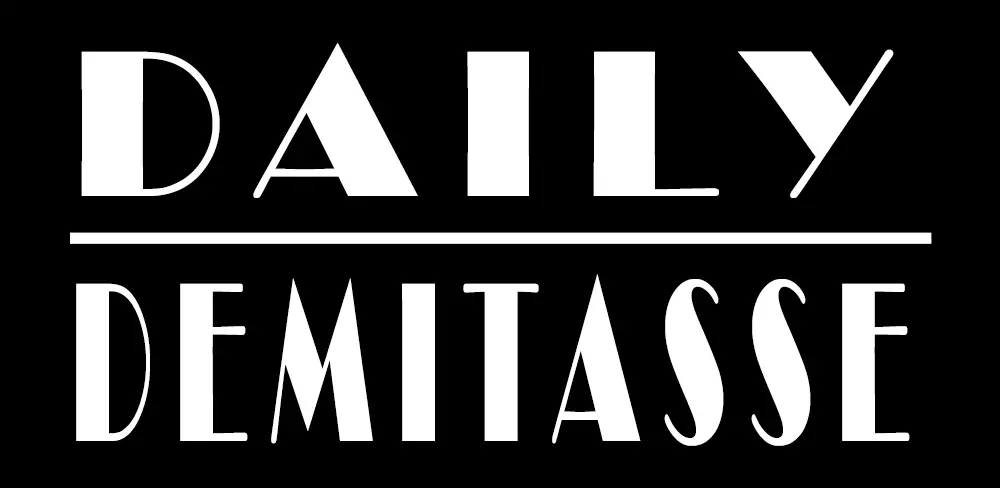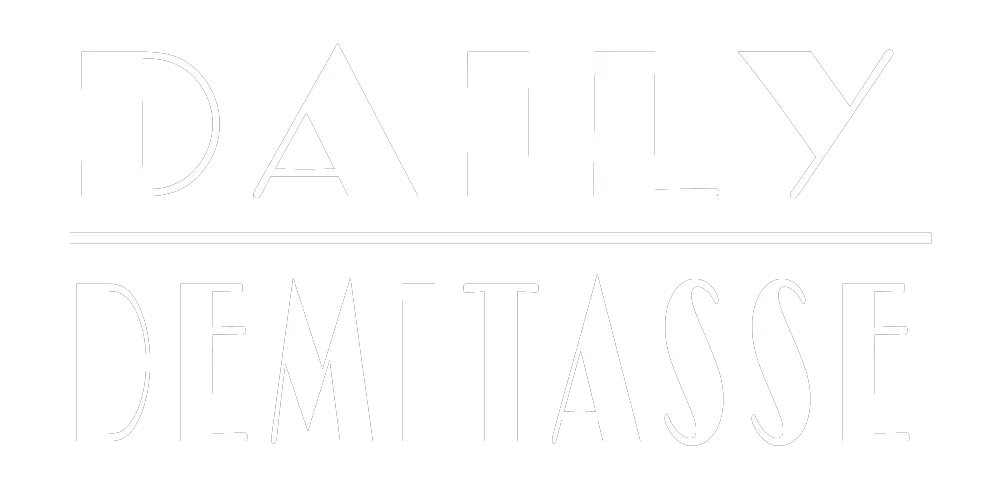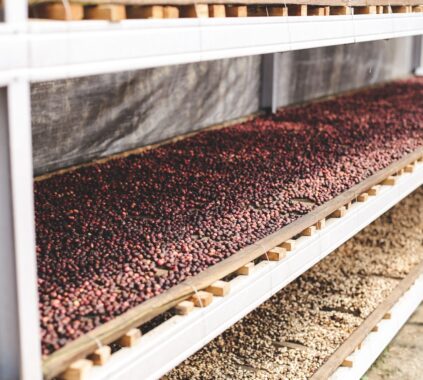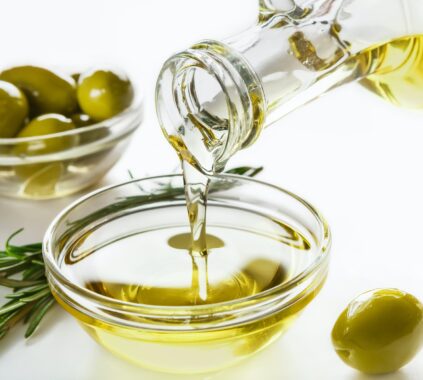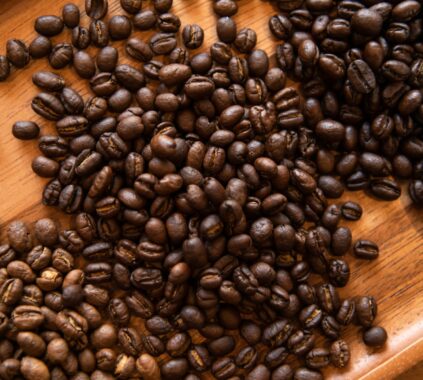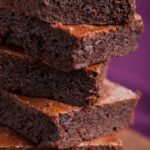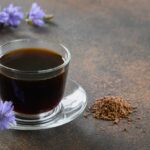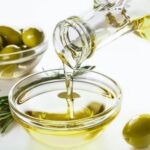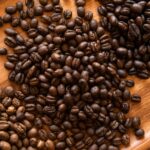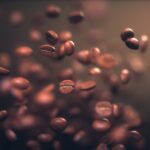Dive into the rich and aromatic world of coffee language with this humorous guide! Discover essential terms every coffee enthusiast should know to avoid being brewed in shame.
Table of Contents
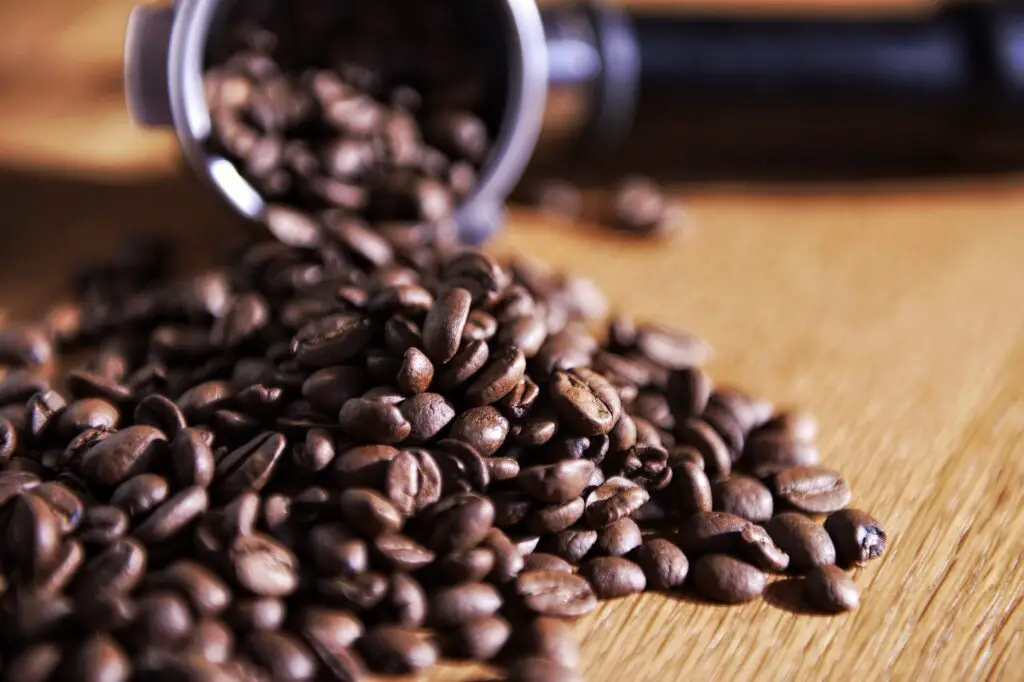
The Bean Basics
- Arabica: The Beyoncé of coffee beans – it’s got the moves, it’s got the taste, and it’s the most popular kid on the block. This high-quality bean is the prima donna of coffee shops worldwide.
- Robusta: A bit like Arabica’s pesky cousin, it’s got a bold, bitter taste and higher caffeine content. It’s cheaper and can withstand harsher conditions, but you’ll often find it hanging around in instant coffee or blends.
Roastin’ and Toastin’
- Light Roast: Like a morning sunrise, light roasts are bright and full of fruity flavors. They’ve got high acidity and are typically roasted at lower temperatures, keeping more of the bean’s original flavors intact.
- Medium Roast: The Goldilocks of coffee roasts – not too light, not too dark, but just right. These balanced brews have a more rounded flavor, showcasing the bean’s natural characteristics while developing richer tastes.
- Dark Roast: Hold onto your britches because dark roasts are a wild ride! With smoky, bold flavors, these beans have been roasted to the edge of oblivion, yielding a more pronounced bitterness and lower acidity.
The Art of Extraction
- Espresso: The little black dress of coffee – it’s timeless, elegant, and the foundation for countless coffee concoctions. A concentrated shot of coffee brewed under high pressure, it’s small but packs a mighty punch.
- Drip Coffee: Your reliable, run-of-the-mill coffee brewed using a drip filter. It may not be flashy, but it’ll do the job when you’re in need of a caffeine fix.
- French Press: A sophisticated method that brews coffee through immersion. Coarse grounds mingle with hot water in a glass carafe, then a plunger is used to separate the liquid gold from the grounds. Voilà! A rich, full-bodied cuppa joe.

A Little Latte Love
- Latte: A milky, frothy delight made by adding steamed milk to a shot of espresso. It’s the coffee equivalent of a warm hug on a chilly day.
- Cappuccino: The flirty cousin of the latte, a cappuccino is made with equal parts espresso, steamed milk, and milk foam, resulting in a more robust, airy beverage.
- Flat White: The no-nonsense, less frothy sibling of the cappuccino, a flat white combines a double shot of espresso with steamed milk for a velvety smooth experience. It’s like a firm handshake in a cup.
Brew-tiful Additions
- Cold Brew: The cool kid on the coffee block, cold brew is made by steeping coarse coffee grounds in cold water for an extended period. The result? A smooth, low-acidity coffee that’ll give you chills (in a good way).
- Nitro: Think cold brew on steroids. Infused with nitrogen gas, this cold brew concoction has a creamy mouthfeel and cascading effect reminiscent of a Guinness. Talk about a gas-tastic experience!
- Affogato: If coffee and ice cream had a baby, it’d be an affogato. A scoop of vanilla ice cream gets drenched in a shot of espresso for a sweet, caffeinated treat that’ll have you saying, “Mamma mia!”
The Language of Coffee: Essential Terms Every Coffee Enthusiast Should Know – FAQ
What’s the difference between a macchiato and a cortado?
A macchiato is a shot of espresso “stained” with a small dollop of milk foam, while a cortado is equal parts espresso and steamed milk, making it a bit mellower.
Can I use Arabica and Robusta beans interchangeably?
Sure, you can, but be prepared for a difference in taste! Arabica beans have a smoother, more delicate flavor, while Robusta beans pack a more robust, bitter punch.
What’s the ideal grind size for my brewing method?
Ah, the age-old question! As a rule of thumb, use a fine grind for espresso, medium grind for drip coffee, and coarse grind for French press and cold brew.
Is a mocha just a fancy hot chocolate?
Not quite, my chocolate-loving friend. A mocha is a delightful blend of espresso, steamed milk, and chocolate syrup, making it the perfect marriage of coffee and cocoa.
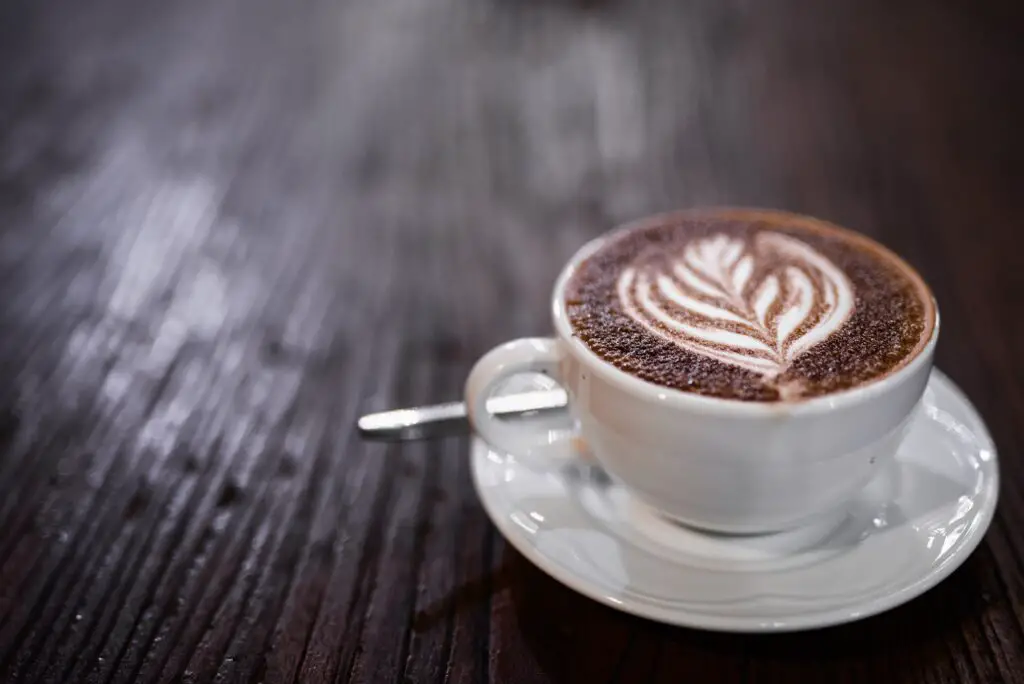
A Good Start
And there you have it, folks! You’re now armed with “The Language of Coffee: Essential Terms Every Coffee Enthusiast Should Know.” With this newfound knowledge, you can strut into your local coffee shop with confidence, order like a pro, and even impress your barista with your caffeinated vocabulary. And remember, a true coffee enthusiast never stops learning, so keep exploring the vast and flavorful world of coffee. Cheers to your next cup!
Daily Demitasse is a participant in the Amazon Services LLC Associates Program, an affiliate advertising program designed to provide a means for sites to earn advertising fees by advertising and linking to Amazon.com. We also participate in other affiliate programs which compensate us for referring traffic.
